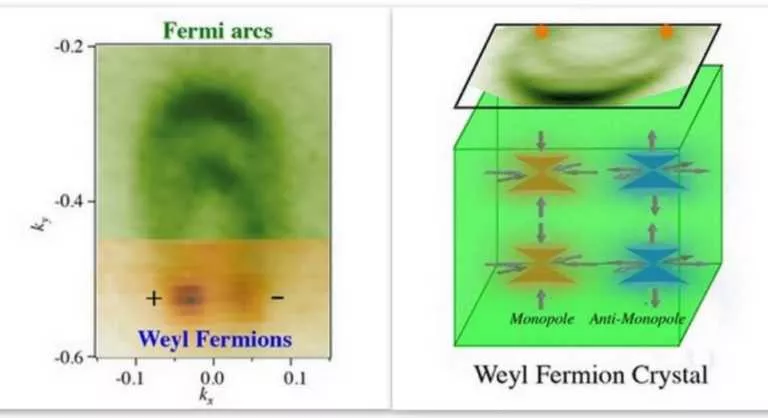Apple Announces New Programs for Reduction Of Carbon Footprint In China

Short Bytes: Apple has announced two clean energy programs in China for reducing carbon footprint. They aim at expanding more energy efficient projects across the country like solar projects and installing more than 2 gigawatts of new clean energy in the next couple of years.
Apple has announced two new ‘clean energy’ programs in China, which aims at reduction of the carbon footprint.
So, what is a carbon footprint? Well, the carbon footprint is the amount of carbon dioxide that is released into our surroundings and atmosphere directly or indirectly as a result of activities of an individual or a community as a whole. Like for example, you can reduce your carbon footprint by walking or riding bicycles instead of a car, whenever possible.
The first program aims at the following:
- Expanding Apple’s clean-energy investments in the country.
- Building more than 200 megawatts of solar projects in the northern, eastern and southern regions of China.
- The above two will lead to the generation of energy equivalent to the amount of energy used by 2,65,000 Chinese homes in a year and hence cause reduction of carbon footprint
Also read: World’s First ‘Clean’ Coal Power Plant Has Arrived, Uses Carbon Capture and Storage
The second program is a new initiative aimed at:
- Driving Apple’s manufacturing partners towards higher energy efficiency
- Installing more than 2 gigawatts of new clean energy in the next couple of years.
Also, besides reduction of carbon footprint, Apple has announced that it has completed construction on 40 megawatts of solar energy in the Sichuan Province and also promises of sharing strategies for building highly energy efficient projects including solar ones.
Do you think Apple should initiate such, energy efficient programs in other countries as well? Tell us in the comments below.
Also read: HTC “Apple copied our design, we didn’t”
[adinserter block=”12″][adinserter block=”13″]





